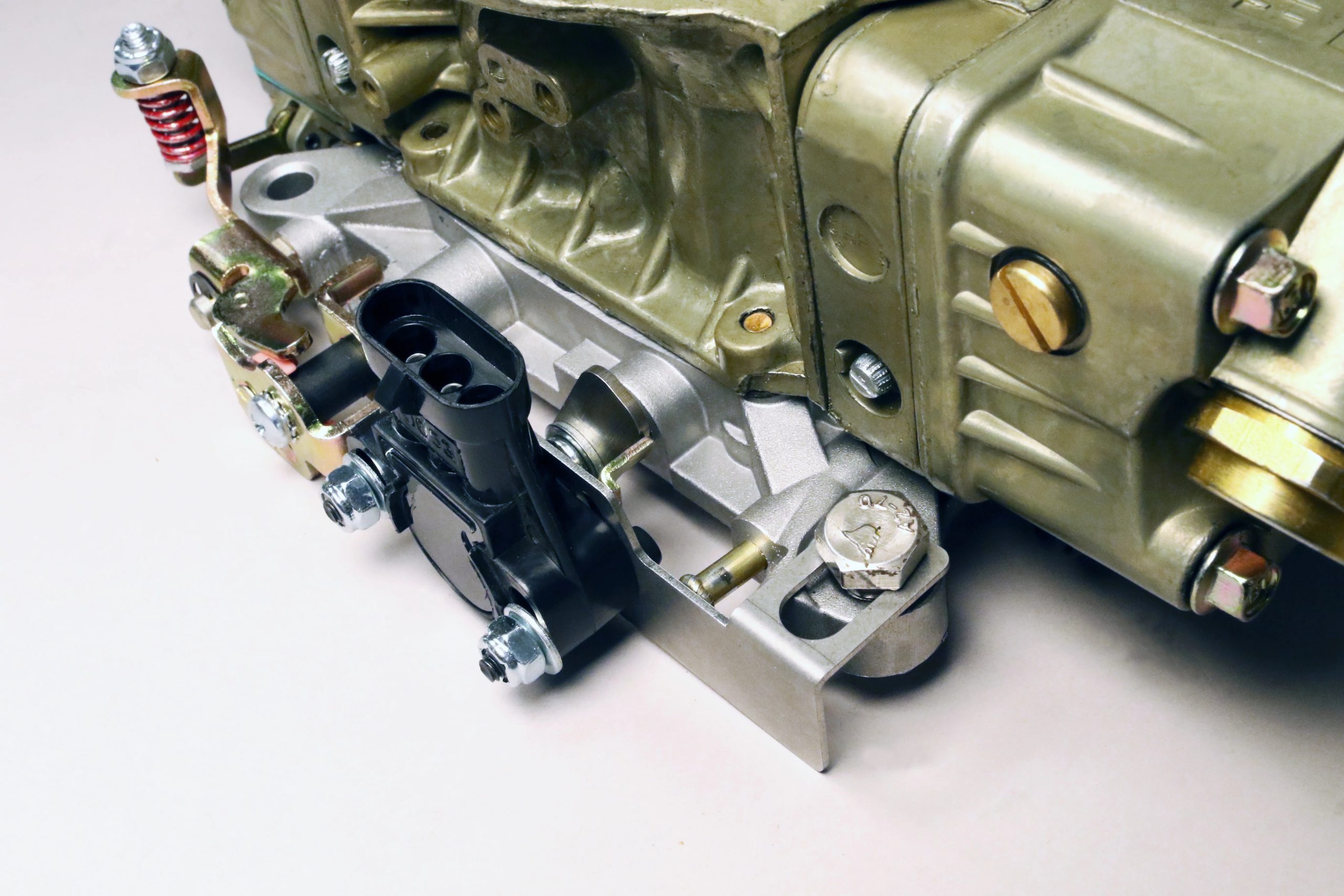Integrating new and old technology requires thinking out of the box. Innovate’s carburetor-mount TPS sensors allow modern transmissions, nitrous controllers, and data loggers to work in harmony with your old-school carburetor.
“Oh, East is East, and West is West, and never the twain shall meet…” So begins “The Ballad of East and West” by Rudyard Kipling, and generations of bored high school English students have unwillingly carried that phrase around in their brains the rest of their lives as a result. The poem tells the story of a tribal chieftain and a British Colonel’s son who clash, then learn mutual respect, but more often than not the opening line is misquoted as shorthand for some cultural gap that can’t be spanned.
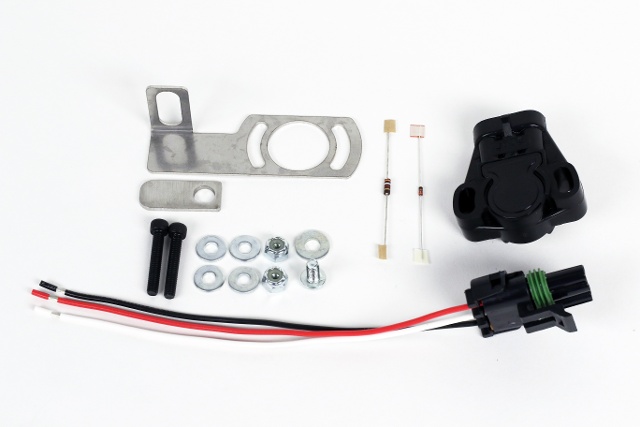
It’s an apt comparison for the difference between “carburetor guys” and “EFI guys,” though – while there’s a seemingly deep divide between the two, in practical terms they’re both doing the same thing with a different set of tools, and working from the same knowledge base. More often than not, even the most hardcore carb tuner relies heavily on electronic assistance, from data-logging with a wideband oxygen sensor to setting the ignition curve on a sophisticated digital ignition system.
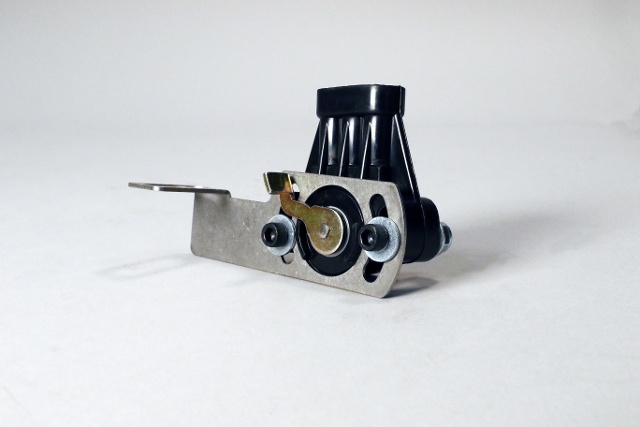
Which brings us to the subject of today’s article – using an electronic throttle position sensor on a carburetor. TPS devices are a necessity on an engine with electronic fuel injection, as they provide a 0-5 volt signal to the ECU that is converted into a throttle opening percentage which is used not only to track engine load, but also to infer dynamic changes in throttle position. Much like the mechanical accelerator pump cam on a carburetor, the rate of change in the TPS signal tells the engine control computer what it needs to know to handle transient enrichment and prevent “stumble” or “bog.”
Of course all that is handled in an amazingly complex yet practical way with a carburetor, through the various jets, squirters, tubes, slots, and vents incorporated in its fluid circuits. So why attach a TPS sender, like Innovate’s PN 3930, to the side of your four-barrel? There are actually several reasons you might consider.
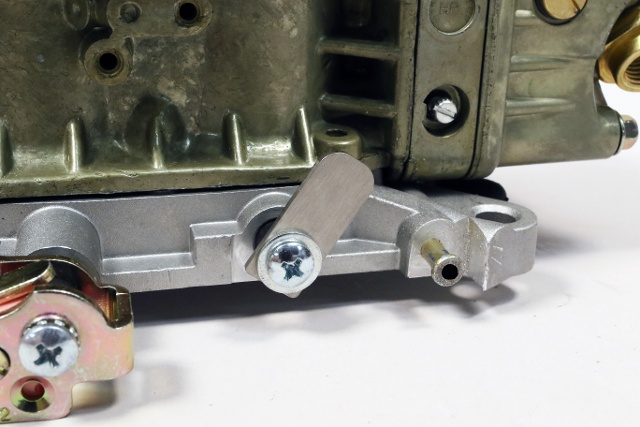
The More You Know…
The main use for a TPS encoder in a carbureted application will be for datalogging. Successful racers at all levels of competition using carbs rely on datalogging equipment ranging from simple systems that only track a few channels, like RPM and Air/Fuel Ratio, to sophisticated setups that record dozens of inputs hundreds of times a second. While throttle position data is part and parcel of any EFI system’s data stream, it’s a mystery when datalogging on a carbureted car unless a throttle position sensor’s 0-5V output is captured as well.
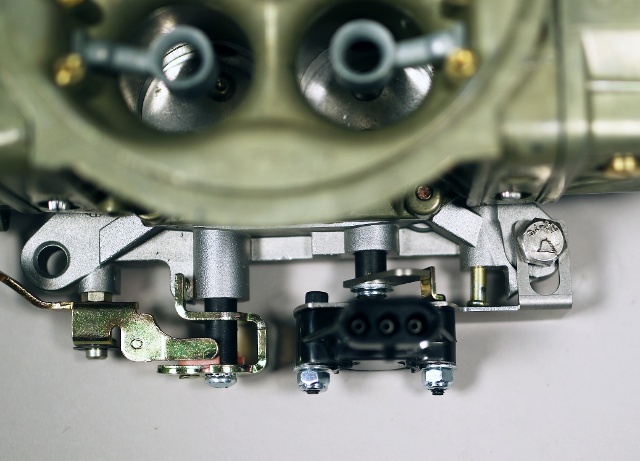
TPS information is useful for wide-open-throttle tuning, of course. But more importantly, it gives insight into transitional engine behavior and can radically reduce the trial-and-error aspect of dialing in accelerator pump volume, pump cam selection and position, and squirter size by providing both instant throttle position and throttle opening rate data. Anyone tuning a carbureted race car is at a serious disadvantage without TPS input to go along with other data-logged channels, and a temporary setup while troubleshooting a street carb can literally save hours otherwise spent on the dyno or back streets chasing tip-in or off-throttle mixture gremlins.
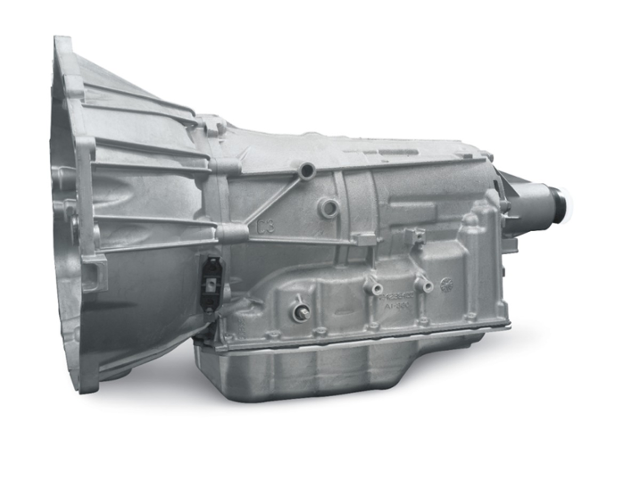
Get It In Gear
Speaking of street applications, a throttle position sensor is an important component in the successful pairing of a modern electronically-controlled automatic transmission and a carbureted engine. The aftermarket has been responsive to hot rodders’ desires to pair transmissions like GM’s 4LXXE family with classic non-fuel-injected engines and has provided a range of different control interfaces to mate the two, but one thing many have in common is the need for throttle position input.
While it might seem like an added layer of complexity, it’s really a big step forward – just ask anyone who has struggled to properly set up the mechanical TV cable connection on a 700R4 transmission whether they’d prefer to mess around with that stupid clip, or hit a few keys on a controller. Many a GM mechanical 4-speed automatic has gone to an early grave thanks to incorrect TV cable adjustment, but electronic control offers a far less error-prone way to get your shift points and line pressure right.
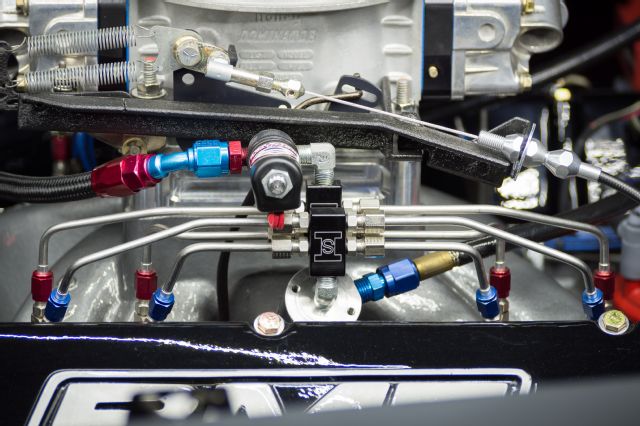
Spray Anything
Another potential application for carbed TPS is for use with nitrous oxide. Typically, nitrous systems for carbureted engines use a mechanical microswitch triggered by contact with the throttle bellcrank at WOT. Substituting an electronic throttle position sensor has several potential advantages when used with a nitrous system configured to respond to a 0-5 Volt TPS signal. While microswitch levers tend to be finicky in terms of setup and positioning, TPS senders are easy to mount using the right hardware, and are generally more reliable over time, leading to fewer lost races due to mechanical issues.
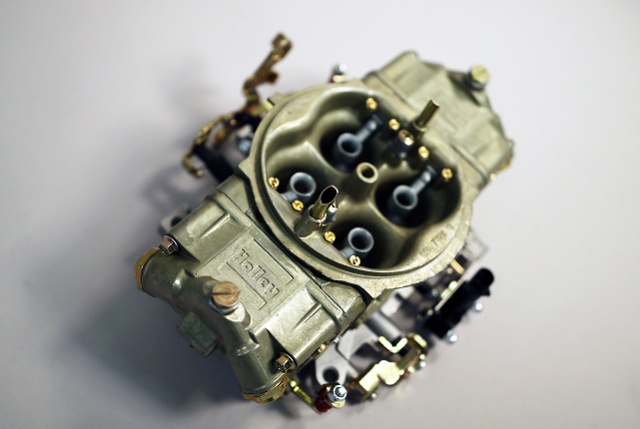
While a microswitch delivers an on/off signal, progressive nitrous systems with a throttle-sensitive mode that ties solenoid duty cycle to throttle percentage can use the 0-5 Volt TPS output to modulate added power as well, giving carburetor users a degree of fine-tuning usually confined to EFI applications. And, of course, there’s the fact that while a microswitch hanging off your 4BBL is a dead giveaway, a casual inspection may overlook a TPS when you’re running a concealed nitrous oxide system – not something we condone, of course. We’ve just heard that some guys do it that way…
We’ve just covered a few of the potential applications for such a simple electronic device when paired with a carburetor, and we’re sure that there are many creative ways to utilize a TPS we haven’t touched. Hopefully this brief overview will inspire you to find your own way to make East meet West and combine the best of the old and the new in search of performance.

